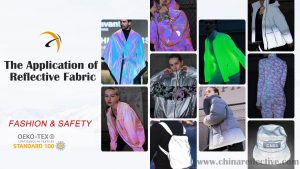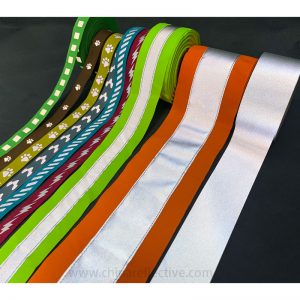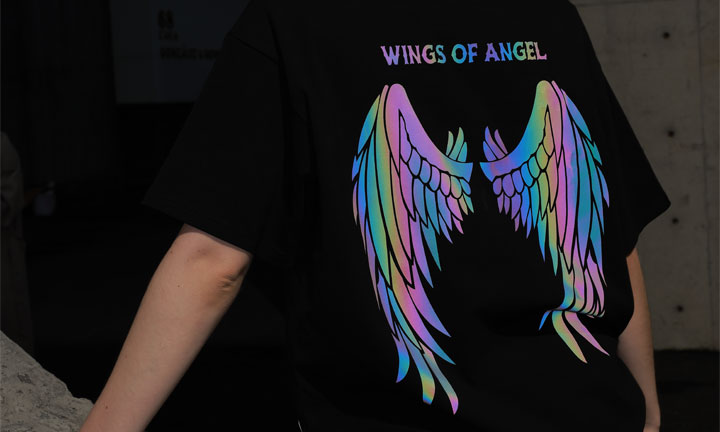In the world of sports and outdoor activities, safety and visibility have always been paramount concerns, especially when venturing out during low-light conditions. Over the years, advancements in technology and materials have led to the development of innovative solutions, and one such breakthrough is reflective fabric. In this article, we’ll delve into the remarkable journey of reflective fabric and explore how it’s changing the game in sports apparel, with a special focus on the renowned Chinastars reflective fabric.
The Evolution of Reflective Fabric
The reflective fabric has come a long way since its inception. Originally designed for road signs and high-visibility workwear, this material has found its way into the fashion and sports industries, transforming ordinary garments into safety-enhancing gear. The magic behind reflective fabric lies in the tiny glass beads embedded in its surface, which reflect light back to its source, making the wearer highly visible in the dark.
Chinastars: A Leading Innovator in Reflective Fabric
When it comes to reflective fabric, one name stands out as an industry leader – Chinastars. With a rich history spanning over two decades, Chinastars has been at the forefront of developing high-quality reflective materials that meet the stringent demands of modern sports apparel.
Key Features of Chinastars Reflective Fabric:
1. Superior Reflectivity: Chinastars reflective fabric boasts exceptional reflectivity, ensuring that athletes and outdoor enthusiasts are visible from a distance, enhancing their safety during nighttime activities.
2. Durability: Sports gear endures a lot of wear and tear. Chinastars reflective fabric is engineered to withstand the rigors of active lifestyles, maintaining its reflective properties even after repeated use and wash cycles.
3. Comfort: Comfort is essential for athletes. Chinastars takes this into account by producing reflective fabric that is lightweight, breathable, and flexible, ensuring athletes can perform at their best without any discomfort.
4. Stylish Design: Chinastars understands that functionality shouldn’t compromise style. Their reflective fabric can be seamlessly integrated into sports apparel, adding an element of fashion to safety.
Applications in Sports Apparel

Chinastars reflective fabric has found its way into various aspects of sports apparel, transforming the way athletes prepare for outdoor adventures. Here are some exciting applications:
Running Apparel: Whether you’re a dedicated marathon runner or enjoy a casual jog, reflective fabric in sportswear significantly improves your visibility during dawn and dusk runs.
Cycling Gear: Cyclists benefit greatly from the enhanced visibility provided by reflective fabric. Jackets, jerseys, and even helmets can now incorporate this technology.
Team Sports: From soccer jerseys to basketball uniforms, Chinastars reflective fabric can be seamlessly integrated into team sports apparel, ensuring that players are seen even in the darkest corners of the field.
Outdoor Adventure Gear: For hikers, climbers, and campers, reflective fabric on backpacks, jackets, and tents enhances safety during nighttime activities in the great outdoors.
In conclusion, reflective fabric, especially the high-quality products offered by Chinastars, is revolutionizing the world of sports apparel. It’s not just about looking good; it’s about staying safe during nighttime and low-light adventures. As this remarkable material continues to evolve, athletes and outdoor enthusiasts can expect even more innovative applications, ensuring that they can glow up their gear and conquer their sporting challenges with confidence.





